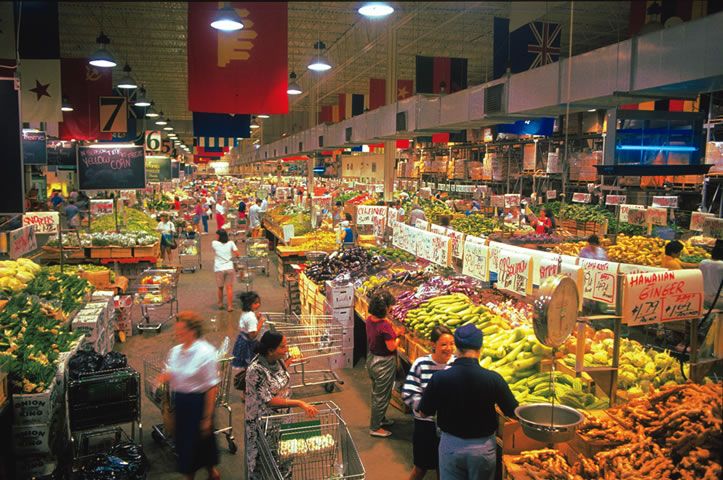The two weeks of agriculture negotiations were officially an “Informal Open-Ended Special Session” of the full membership of the Agriculture Committee. The session was operating from the December 6, 2008 revised agreement text crafted by the former chairman of the Committee, Crawford Falconer of New Zealand. He prepared that text after informal consultations began in September 2008 in response to the stalemate in negotiations that occurred in late July 2008.
The talks broke down partly over the issue of special safeguard mechanisms (SSM) for agriculture. Negotiators had already agreed that developing countries would be allowed to have SSM (higher tariffs) when imports surge and market prices decline. The stumbling block was allowing SSM tariffs to be higher than the bound tariffs agreed to in the 1986-94 Uruguay talks or in membership agreements for countries joining since 1995. The disagreement was initially between the U.S., China and India as part of the negotiations by seven countries (the others were Australia, Brazil, the EU and Japan) to reach an understanding to be discussed with larger groups of countries. Some countries opposed tariffs above previous bound levels as a matter of principle for trade liberalization, while other saw a need to cushion the transition to more open markets by allowing some limited exceptions.
Tariff simplification is changing all tariffs into simple percentages of the price of the product rather than combinations of specific dollar amounts and percentages of the price. As explained earlier, the framework for reducing tariffs is based on percentage reductions and most product tariffs have to be percentages for the system to work. Only a few exceptions would likely be allowed.
Some products already have tariff rate quotas negotiated in previous rounds where products had smaller tariff reductions in return for some level of imports that would have no or very low tariffs. If products without tariff rate quotas are allowed to be designated as “sensitive” with smaller tariff rate reduction, then tariff quotas need to be created so the lesser reductions are “paid for” by increased market access.
Tropical products are to have faster and deeper reductions in tariffs to expand market access in developed countries, but some developing countries already have zero or low tariff access to developed country markets and want to slow the loss of that market preference. These are mostly developing country issues and achieving agreement may make some countries open to accepting changes on broader issues.
Progress was also made on establishing “templates” for applying tariff and subsidy reductions to individual countries once final agreement on the overall percentage reductions has been achieved. These formulas would allow members to see the specific commitments required of each country.
All of this background work is essential to making an agreement complete, but it will not drive an agreement forward. The fact that a new draft agricultural text has not been prepared in the last 15 months is an indication that nothing substantial has occurred in countries’ positions on unsolved issues. The next major WTO event is a mid-March “stocktaking” by senior trade officials from member countries where there will be a serious assessment of progress made in 2010 on agriculture, non-agriculture market access and services. Trade ministers from major countries will have three additional opportunities to discuss trade issues before the G20 leaders’ economic summit this June in Canada. It is the G20 leaders who last year directed Trade Ministers to do what is necessary to conclude the Doha talks in 2010.
The new EU Trade Commissioner, Karel De Gucht, noted the need for political will and flexibility in his recent meeting with Director-General Lamy. An agreement will not be reached unless the G20 leaders between now and June summon the political will to provide negotiators the flexibility to achieve an agreement. Lamy has said that 80 percent of the work has been done for an agreement. That may or may not be true for agriculture, but the remaining 20 percent is critical for the talks.
Tariff rates for sensitive and special agricultural product imports for developing countries are worthwhile to be concerned about. Developing countries in general have higher agricultural tariff rates than developed countries and are being required to make only two-thirds of the reductions of developed countries. If the SSM eliminates the need to make serious reductions in tariffs for many products, there will be neither trade growth nor internal market reforms that lead to faster economic growth for developing and developed countries.

